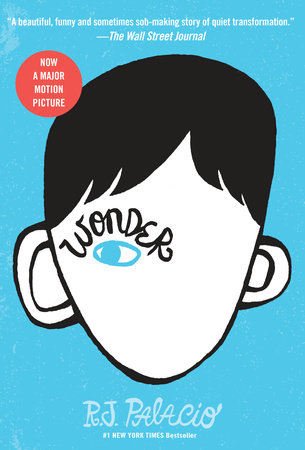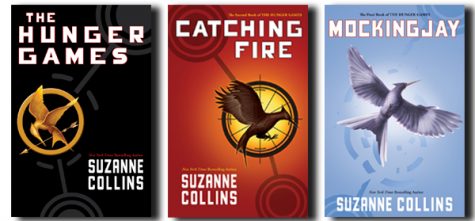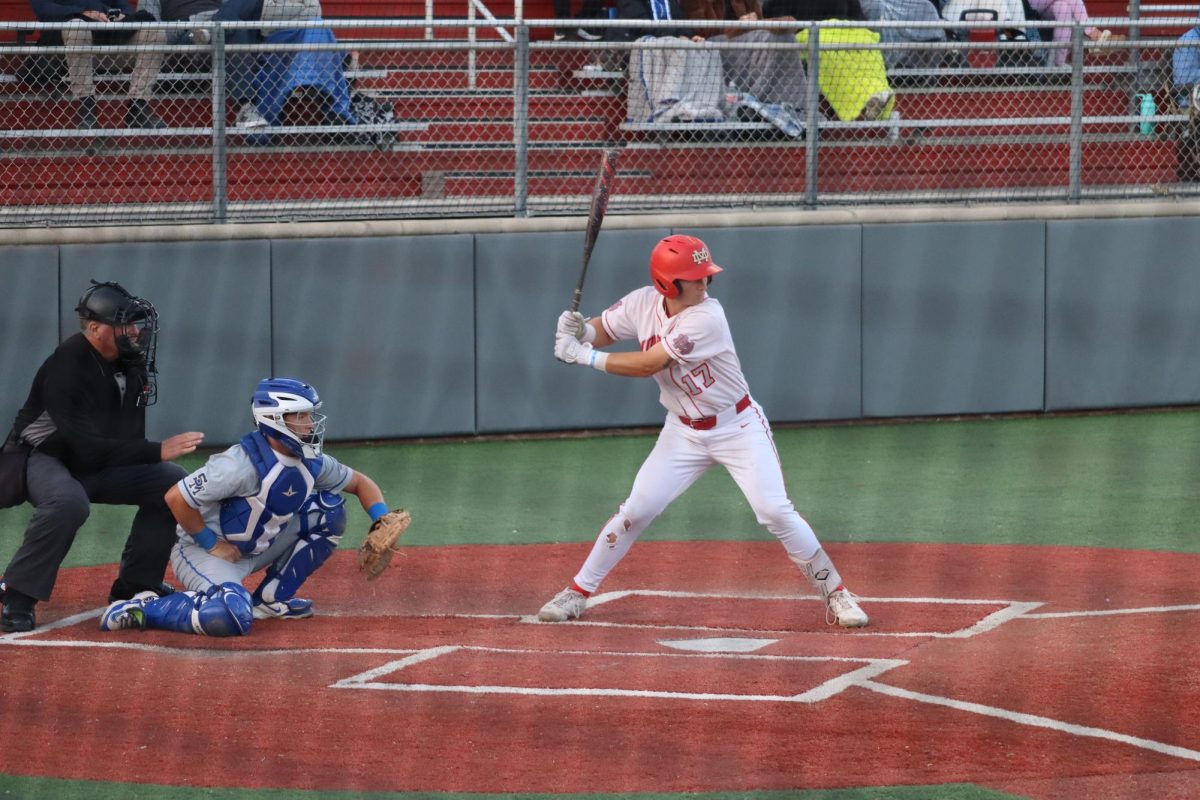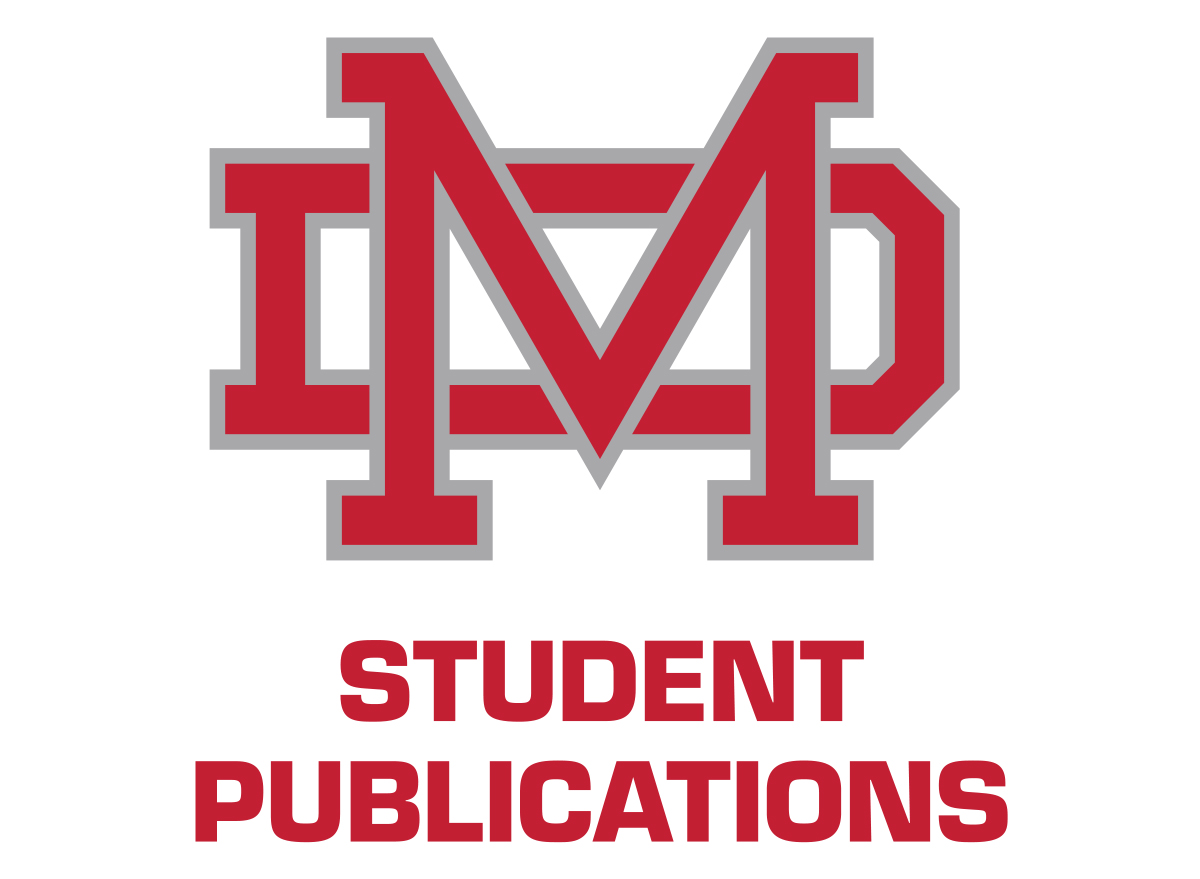Books are better than movies
February 13, 2018
The following article includes spoilers from Wonder and The Hunger Games series.
The book is better than the movie. Right? We’ve all heard or said that phrase at least once before and it’s because, when a book is adapted into a movie, a large amount of details that readers love is thrown into the trash.
It’s hard to expect much from movies considering that, unlike books, they are much more constricted in how long they can be. A former film teacher once told me one page of a screenplay is roughly equal to one minute of screen time, and most scripts are around 120 pages. And yet the book that is being adapted to film is around 300 pages, which is more than double the script. This would mean that on average, half of the story is lost within the adaptation.

While some of these details are minor, many are missed by readers. We see these significant deletions in the film Wonder, which was released this past November and is based on the novel of the same name published in February 2012, as well as in The Hunger Games, first shown on big screens in March 2012 and published in September 2008.
For example, in the novel Wonder, written by R.J. Palacio, the main character, Auggie, grows a Padawan braid symbolizing his childhood and strength, which he later cuts off due to bullying, a move that is shocking to both the characters in the story and the novel’s readers. However, in the film adaptation, these details as to why he has the hairstyle is not included and, a result, when he cuts off his hair, it didn’t leave a large impact on me as a viewer.
Another loss that book adaptations face is the loss of characterization. Throughout the trilogy, The Hunger Games, Primrose Everdeen is strong and calm. In the first book, even with the madness she knows is to come with her sister as tribute, she doesn’t let the ground slip from beneath her. In the movies, however, she’s portrayed as a weaker, almost whiny character. It was disappointing to me personally because I felt that the film version of Prim became a damsel in distress trope, rather than the strong female character she was in the book.
In addition, the infamous character, Haymitch, of the same series, had a complete personality switch when put on the big screen. While Haymitch maintained his sassy, grumpy, drunk personality as an adviser to Katniss, the film did not show his darker side. Instead, I was disappointed to see that Haymitch often felt like a sarcastic yet optimistic father figure for Katniss, rather than focusing on his interesting cynical traits.
Another issue that is seen time and time again in book to movie adaptations is the complete demolishing of a major plot point. For example, in The Hunger Games novel, the mayor’s daughter, Madge, gives Katniss a gold mockingjay pin before she goes to the capital to participate in The Hunger Games. To me, this scene portrayed how the horrific annual event creates a connection and bond among people from all the different districts. However, in the book, they made the mockingjay pin a symbol for Katniss’ relationship with her sister.

Another aspect of film adaptations that is frustrating is the books getting new covers that are the movie posters. Typically, I find a change of covers appealing but, when it’s to promote the movie, I hardly pay attention. For me, the new covers ruin what I imagine a book’s characters to look like, thus disrupting the movie I make on my own in my head while reading.
In Stephen King’s preface of the novel, The Stand, he says,“Bad or good, movies nearly always have a strange diminishing effect on works of fantasy…” While seeing a book come to life on screen is exciting, that doesn’t mean so many meaningful and memorable details need to be discarded in the adaptation process.





![DUNK THE TRASHKETBALL Honors Biology Teacher Kelly Petro clarifies the rules of his interactive science activity. Trashketball, Petro’s newly created game, reinstates crucial science concepts and terminology while allowing students to study recently learned material. Whether in the classroom or on the lacrosse field, Petro ensures that his student-athletes absorb the information using unique study methods. “For school, I try [to have] a general sense of what works for everyone in the classroom [studying wise]. I want everyone to know the [importance of what we are doing in biology],” Petro said.](https://thescarletscroll.com/wp-content/uploads/2025/06/HEIF-Image-1200x800.jpeg)
